With 2,000 churches warning they may close within the next five years, heritage professionals and church leaders gathered at the Victoria and Albert Museum to confront the crisis facing Britain’s churches. AJ Gomez went along to find out their plan to address what some are calling a “national emergency”
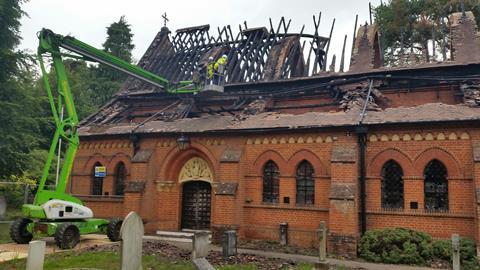
Almost 50 years ago, heritage professionals, clergy, and others concerned for the future of Britain’s churches gathered at the Victoria and Albert Museum for the Change and Decay conference of 1977.
Against a backdrop of closures and growing anxiety over the maintenance of ageing places of worship, they met to confront the question of what must be done to ensure the survival of the decaying churches, chapels and meeting houses in their changing society.
48 years on, The Great Expectations conference brought many of today’s leading voices back to the V&A to confront that same question. This time, in response to a crisis arguably more severe than the one faced by their predecessors.
In spring 2025 the National Churches Trust (NCT) reported that more than 3,500 churches across the UK have closed in the past decade. Sir Philip Rutnam, chair of the NCT described this trend as “today’s greatest heritage challenge”. In the fourth keynote address of the day, his deputy Dr Karl Newton unpacked the findings of the NCT’s most recent survey.
The survey, carried out in partnership with Whitestone Insight, a research consultancy that specialises in faith issues, surveyed 3,628 churches “broadly representative of denomination, attendance, building age and location”.
A national emergency of spirit
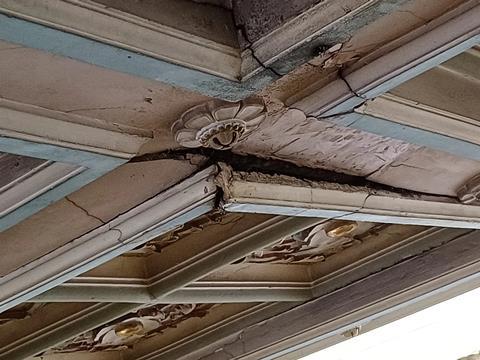
Dr Newton began by highlighting the role that churches play in communities beyond serving as places of worship, articulating the scale of what stands to be lost if the current trend continues.
In the UK, 76 per cent of churches run community groups, 56 per cent operate food banks, 34 per cent lead mental health initiatives, 20 per cent provide drug and alcohol support and 19 per cent offer debt support. In addition, 85 per cent said they would expand their community provision if they had more resources.
Roof repairs, guttering, drainage and heating emerged as the most urgent needs, with 28 per cent of budgets spent on repairs and maintenance over the past three years. Although 61 per cent of churches are reported to be in good condition, this figure has fallen from 70 per cent in 2010. Nearly four in ten churches are in need of urgent work within one to five years. One in ten is in urgent need of such work within the next twelve months.
Financial pressures are deepening too. 77 per cent of churches now rely primarily on local giving, while a third report that their income no longer covers basic running costs, forcing many to draw on reserves to sustain their operations.
Perhaps the most staggering statistic was that one in 20 churches reported they will “probably” or “definitely” no longer be used as places of worship within five years, a figure the NCT says equates to around 2,000 churches nationwide.
When set against the 3,500 closures recorded in the past decade, the prospect of a further 2,000 losses underscore the urgency that defined the day’s discussions. Barrister and television host Rob Rinder put it starkly: “This is not a niche heritage crisis; this is a national emergency of spirit.”
“Your” churches
The crisis, however, is not driven by finances alone. Ian Morrison, director of policy and evidence at Historic England, explained that one of the greatest threats facing Britain’s churches is misunderstanding. “Most people don’t know that historic churches need their help,” he said.
Recent polling by Historic England revealed the scale of that misconception. When asked who was responsible for the upkeep of church buildings, 38 per cent of respondents said denominational bodies, 14 per cent said local councils and 24 per cent believed it to be the National Churches Trust or English Heritage. In reality, responsibility often lies with a small team of trustees and church wardens, local congregations and volunteers.
As Morrison noted: “It’s not just a crisis of funding, it’s a crisis of visibility. If people believe the work is already being done, they see no reason to step in”.
Thus, one proposed solution was the call to make that message clear — to convey the importance of churches not only to communities of faith but also as part of the fabric and foundation of British history and of Britain today.
Luke Sherlock, author of Forgotten Churches, expressed the importance of making it clear that the responsibility of caring for Britain’s churches is a shared one. “They’re our churches,” he said, “but when speaking to the public, they should be your churches.”
This is not a niche heritage crisis; this is a national emergency of spirit.
Almost every speaker also acknowledged the need for a clear national strategy that recognises church buildings as a shared heritage challenge. Sherlock spoke of the need for a “national campaign” with measurable goals, giving the example of the independent bookshop he runs. When he told his community he needed to sell 5,000 books to survive, they made it happen. The same clarity of purpose should be adopted by the government, he said.
Skills and sustainability
The conference booklet opened by outlining “what needs to be done”, among the proposals on that list was the creation of a new capital funding programme — a £50 million annual government initiative to support urgent repair and maintenance work. This proposal for a national framework was later echoed during the first panel discussion, where Sir Philip Rutnam suggested that, with sufficient financial backing, such a scheme could be effectively implemented on a local scale.
However, not everyone agreed. Kristina Murrow, chief executive of The King’s Foundation warned that the workforce needed to deliver such a framework may not exist. Funding was an issue, she said, “but there’s also a massive skills gap. We have the leaky roof, we have the collapsing steeple, we have the intricate, beautiful carved woodwork that’s unfortunately decayed — and we haven’t got the people to restore it.”
The King’s Foundation is training around 16,000 people in traditional crafts such as carpentry and stonemasonry to ensure the skills required to care for heritage buildings are not lost. “When the vision is there, when the funding is there, for goodness’ sake, let’s not fall at the final hurdle because we can’t find anyone to do the work.”
The importance of passing on practical heritage knowledge and skills was echoed by historian and broadcaster Alex Hoston, whose Instagram dedicated to British heritage is followed by 1.8 million people. She proposed embedding heritage education directly into the school curriculum. “What if every child spent one day a week learning a craft like stonemasonry?” she asked. “If we just equipped every schoolchild with the knowledge and understanding to dissect their local church — to make full use of its heritage — we would galvanise a generation to love them and care for them.”
It’s not just a crisis of funding, it’s a crisis of visibility.
Dame Fiona Reynolds, former director of the National Trust, suggested the solution could be found in the reinvention of country houses in the 1970s — a model she believes the Church can replicate. She drew attention to the tax exemptions offered to owners of country homes who opened their doors to the public in 1975. Heritage-friendly tax and trust mechanisms created “a huge culture change”, Reynolds suggested, leading to houses no longer being “private [holdings] but effectively public assets.”
A call for consistency
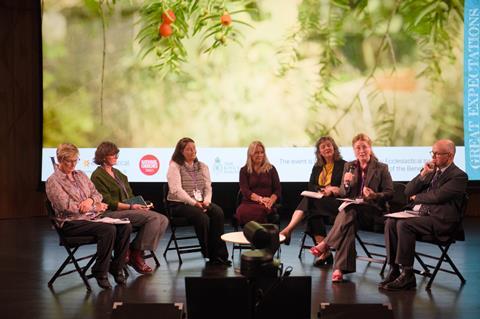
In arguably the most well-received address of the day, Rachel Morley, director of Friends of Friendless Churches, began by highlighting how the existing system and policies work against the preservation of churches. “Currently, the UK is a country where you could demolish your church VAT-free, but if you wanted to repair it, you would have to pay VAT,” she said to applause.
Much of Morley’s address focused on attitudes towards — and within — churches that have ultimately hindered their conservation. She also called for a shift in grant funders’ priorities. “Major funders want numbers, they want to increase engagement and outreach, but some of the buildings we look after are deeply rural churches. They are extremely hard to access, but that doesn’t mean they are any less important.”
She added, “Sometimes I would really like funders to just acknowledge the effort that goes into keeping them going. And that sometimes — to keep them going is enough.”
Implicit in Morley’s closing appeal was a call for consistency.
By urging church bodies to “make a commitment not to sell any church for domestic, commercial, or private use,” she seemed to be challenging them to embody the value they’re asking the rest of society to recognise in their buildings.
That call drew what was perhaps the day’s most passionate round of applause.




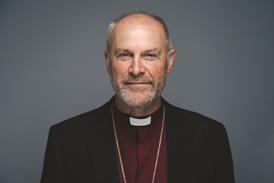





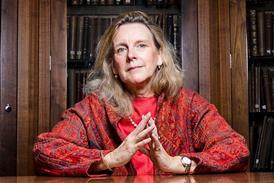




























1 Reader's comment